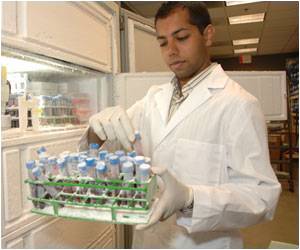
‘The technique called SPLASH could pave the way for the development of new antimicrobials, antivirals or vaccines against infectious diseases such as dengue and Zika.’
Tweet it Now
The development was jointly led by Drs Wan Yue and Niranjan Nagarajan from A STAR's Genome Institute of Singapore (GIS) and was published in Molecular Cell.RNAs play a major role in regulating gene expression in a cell. Scientists have extensively studied how mini cellular machines such as proteins and chromatin fold and interact with each other. Lesser is known about how RNA come together to interact with itself or with other RNA molecules. This prompted the researchers to come up with SPLASH to understand the RNAwe need to understand the configuration of all its components to be able to engineer and/or repair it. RNA shapes and RNA interaction networks are key to cellular function. Depending on cellular needs, these dynamic interaction networks can be remodeled. Most importantly, targeting these networks could be a means to inhibit infectious organisms."
The new technique will allow the team to study the transcriptomes of infectious organisms- including pathogenic bacteria, dengue and Zika viruses - to understand the way RNA shapes and networks in these genomes enable the infection of human cells by pathogens.
The researchers hope that the understanding of microbial pathogenicity will help develop new antimicrobials, antivirals or vaccines against these pathogens.
"It is exciting to have a first comprehensive view of the RNA interactome and to capture its dynamics. We now have the tools to understand how RNA structural organization impacts disease and pathogen biology, with the eventual goal being to leverage this understanding for new drugs and antimicrobials," added Dr Nagarajan, the paper's co-lead author and Principal Investigator of Computational & Systems Biology at the GIS.
Advertisement
Source-Medindia









